This morning mission scientists (Adam, Andy, Liz, and I) reviewed all the research experiments with the rest of the Mission 31 team. Researchers from Northeastern also joined us on a conference call. "Mission scientists" aren't the only scientists involved in this mission. Dozens of other scientists and technical advisors are participating by providing knowledge, expertise, research equipment, and other resources. From Northeastern, for example, five graduate students designed experiments for the aquanauts to conduct. Other researchers will also assist us via regular surface dives in the work that don't require saturation diving. See What's Mission 31 All About? Understanding M31 Ocean Research [video] in my blog.
The Big Take-Away
The big take away here is that we are conducting research that isn't possible without Aquarius, the world's only undersea laboratory. It would take a normal diver six months to collect the amount of data that the aquanauts can obtain in 31 days. Specifically, we're researching:
- Coral reef health
- Goliath grouper feeding behavior
- Zooplankton
- Barrel sponges
- Environmental contamination
The Team
Science research during the first half of Mission 31 is run by Florida International University (FIU), and by Northeastern University (and me, from MIT) during the second half of the mission. For the second half, Liz and I are aquanauts working with a large team, including:
Principal researchers: Mark Patterson, Brian Helmuth, and Loretta Fernandez
Graduate students: Amanda Dwyer, Alli Matzelle, Jessica Torossian, and Nick Colvard
Technicians: Francis Choi and Sara Williams
Media and Outreach coordinators: Morgan Helmuth, Amanda Padoan, Angela Herring, Ursula August, and Kara Sassone
Principal researchers: Mark Patterson, Brian Helmuth, and Loretta Fernandez
Graduate students: Amanda Dwyer, Alli Matzelle, Jessica Torossian, and Nick Colvard
Technicians: Francis Choi and Sara Williams
Media and Outreach coordinators: Morgan Helmuth, Amanda Padoan, Angela Herring, Ursula August, and Kara Sassone
The Science Details
Coral Reef HealthOur research will help answer: How do corals respond internally to daily fluctuations in external temperature, light, pH, and dissolved oxygen? The topside team will insert Unisense electrodes into three coral polyps per colony underwater to measure the gastrovascular system (the gut) of the corals. Data collected 24/7 over two weeks, creating the first long-term data set from wild corals. In addition to the data from the electrodes, Liz and I will measure corals' photosynthetic performance with a PAM fluorometer. |
Goliath GrouperWe'll record unique predatory behavior of the goliath grouper using a state-of-the-art high-speed Edgertronic camera. The results could validate the unproven theory that Goliath Groupers use the sound of a collapsing cavitation bubble formed in their head as a weapon to stun their prey. It'll help answer: What is happening during a grouper's feeding strike, and does the grouper use sound as a weapon? |
ZooplanktonEvery day we'll collect small samples of zooplankton with nets to quantify their presence on the reef. The data will help scientists answer: How are plankton communities changing with climate change? In addition, the ratio of alive to "zoombie" (recently dead, but not broken down or consumed yet) zooplankton in our samples will give insight into the populations and lifespans of these creatures, which are necessary for coral reefs to be resilient against coral bleaching events. |
Barrel SpongesSponges are prodigious filter feeders. They filter water equal to their entire body volume in less than a minute and remove more than 99% of the particles they inhale, most of which are bacteria. Part of the reason visibility is so good on a coral reef is becuase of the filtering by sponges. We are looking to answer the following research questions: How do barrel sponges filter material and how can we model their behavior? Does their behavior fluctuate over the course of a day in a predictable pattern (circadian rhythm)? Are neighboring sponges pumping at the same rate or is every sponge different? We'll answer these questions using sensors that measure fluctuations in temperature, salinity, pH, dissolved oxygen, and flow over the seafloor and in the water coming out of the sponges. From these measurements, the Northeastern researchers can study how sponges' metabolism and feeding rate respond to changes in the environment. We'll also collect DNA from 14 different sponges for the Ocean Genome Legacy Project. |
Environmental ContaminationWe'll deploy and recover sensors that absorb and measure environmental contaminants, including PCBs, PAHs, and potentially dispersants from the BP oil spill. They will help us answer: What environmental contaminants are in the coral reef? Based on the findings, Dr. Loretta Fernandez can model contaminants in the area and refine methods for measuring them. |
In addition, Florida International University has planned a number of experiments to conduct during the first half of the mission. We expect the Mission 31 will produce much valuable data and many research papers!
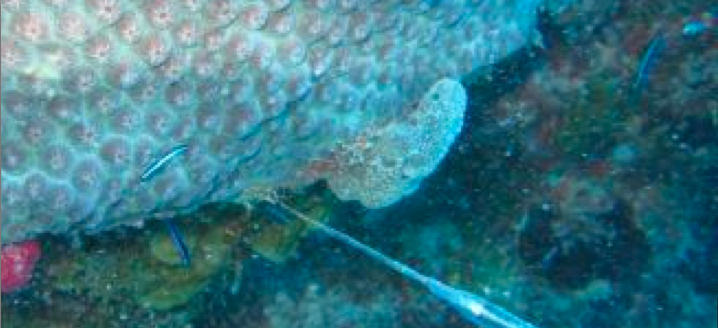
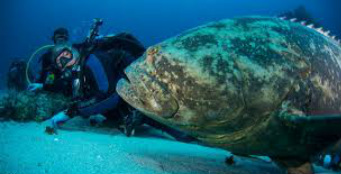
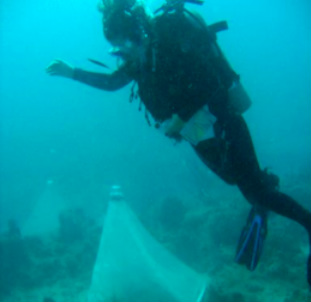
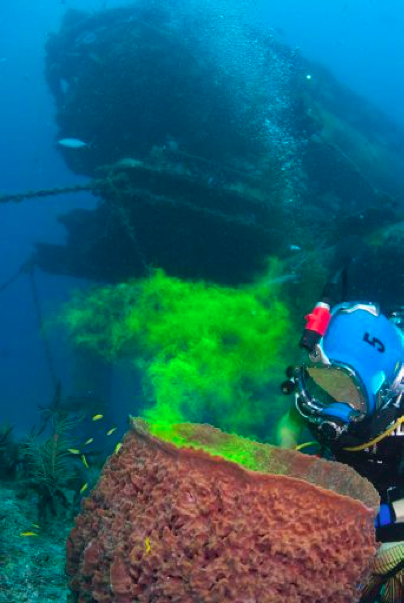
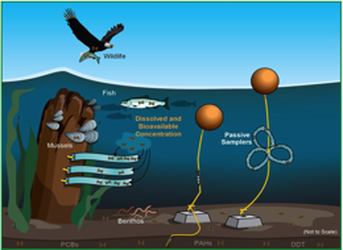
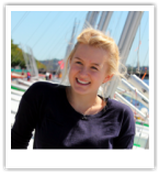
 RSS Feed
RSS Feed
